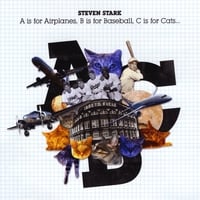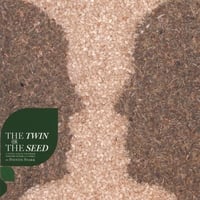I began writing music from a "classical" composition perspective. Later, when I became interested in writing popular songs, I was confused as to how to approach that process. Many of my first attempts were awkward. The language didn't flow, and the melodies and arrangements were really square. I knew I had to come up with a method to think about what I was trying to do. What was it about popular song that appealed to me and was different than composition? Did it have a different purpose all together? A different set of premises from which to operate?
I developed a way of thinking about music to help me find the aesthetic I was seeking.
I divided the function of music into three basic categories.
One - music to dance to
Two - music to sing to
Three - music to listen to
The first category is music that primarily seeks to stimulate movement and dance. This is music that is first and foremost felt in the body.
The second category is that of popular song. It is music created with accessible melodies combined with vernacular words - lyrics rather than pure poetry. Our primary experience with popular song is to sing along (even if just in our heads) - to participate in that unique combination of pitch, rhythm and the sound and meaning of words.
The third category is music that is meant to be experienced by a captive audience. It is music as abstract, unfolding thought.
If I made the list today, I might also include a fourth category - ambient music. Music that exists, not to be listened to directly, but to establish a mood - a kind of musical wallpaper or sonic landscape.
All this said, I do not think that many pieces of music fall neatly into one of the categories above. Rather, they favor one category more than the others. A Bruckner symphony falls primarily in the last category, but it still has elements of beat and movement that we feel in our bodies. A Mozart symphony has melodies that stick in our heads like popular song tunes, but their treatment and development go far beyond the song form. The songs of the Beatles incorporate many elements of the third category, but their foundation is still the popular song form.
What about opera or art song? They have words, right? Sure, but is the voice working more as a communicator of words or as a musical instrument using words for timbre and effect? More category three then.
Once again, almost all music falls a bit across the spectrum of the different categories. A drum circle might be a fairly pure version of the first category. An unaccompanied folk song might be a pretty straightforward version of the second category. Webern's symphony, written in the serial/12 tone style, might exist almost primarily in the last category.
However, some of the most interesting music in the world is that which firmly crosses borders. Gershwin's Rhapsody In Blue appeals to all three categories. What about Bernstein's score to West Side Story? Same deal. Mambo! A captive audience listens attentively but can barely stay in their seats.
Tuesday, January 17, 2012
Subscribe to:
Post Comments (Atom)



No comments:
Post a Comment